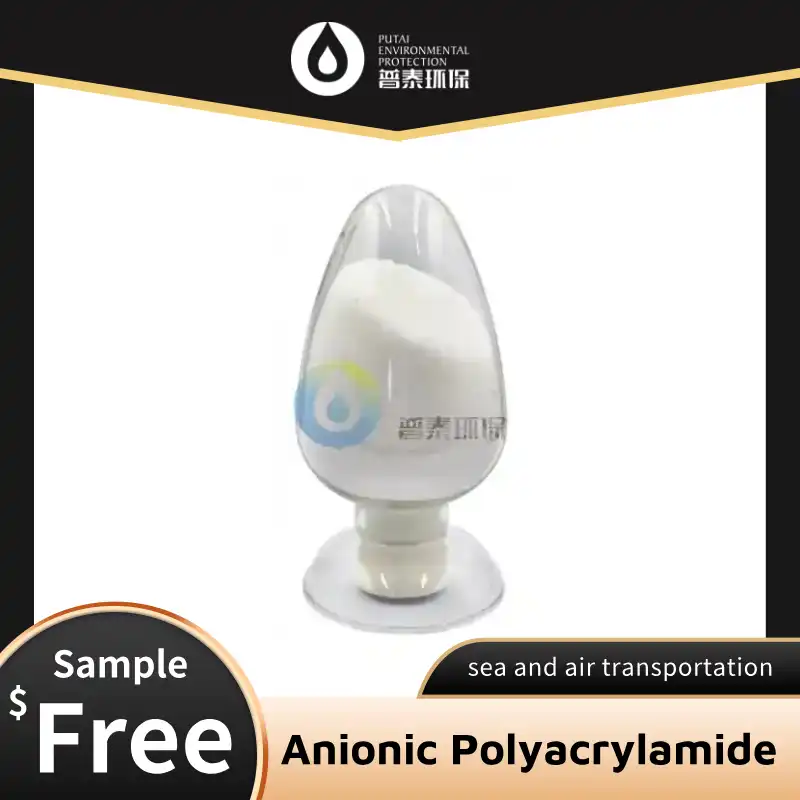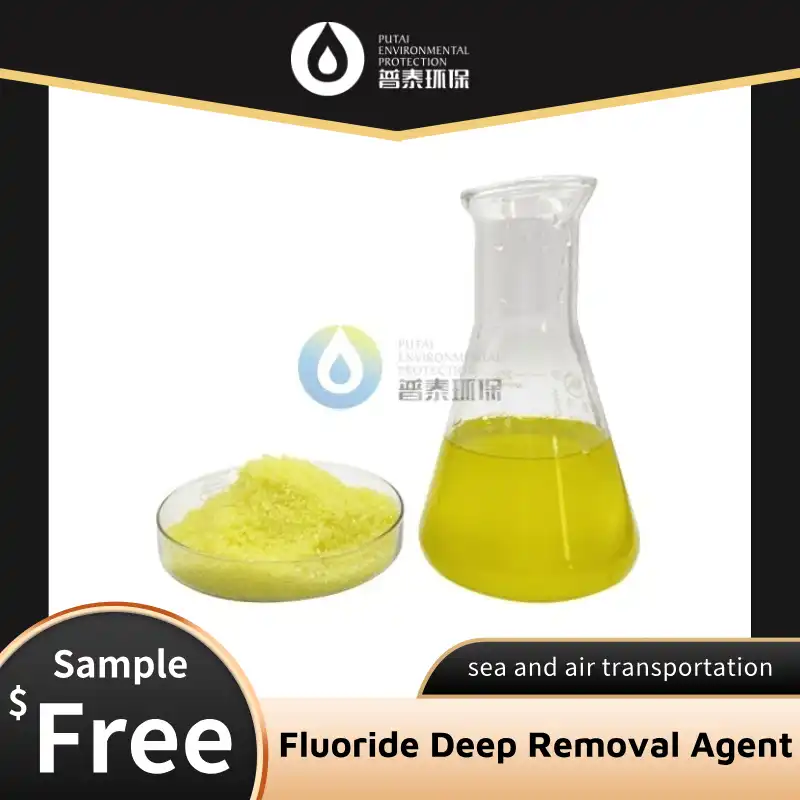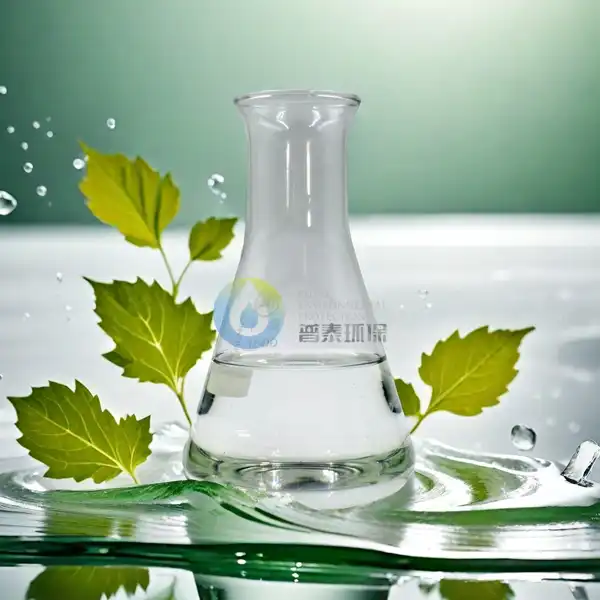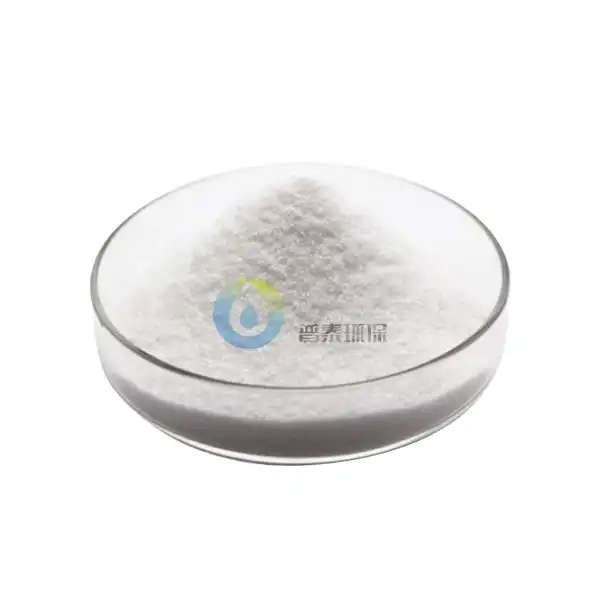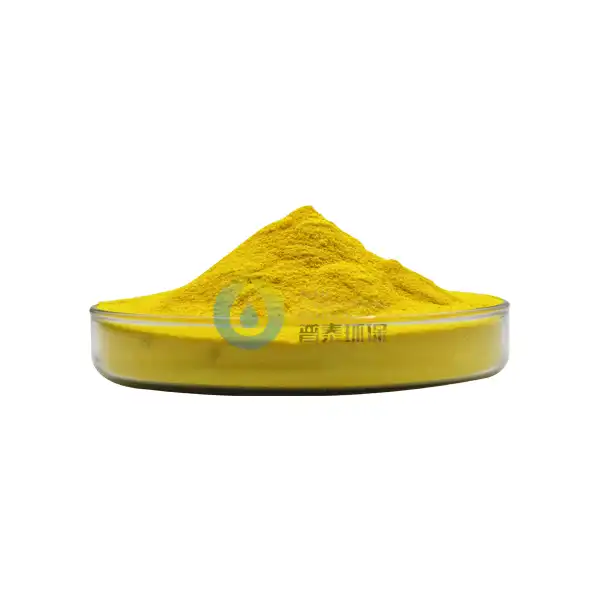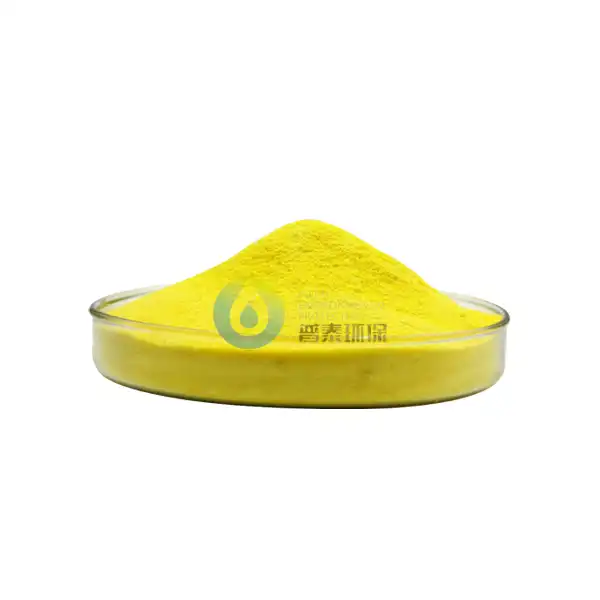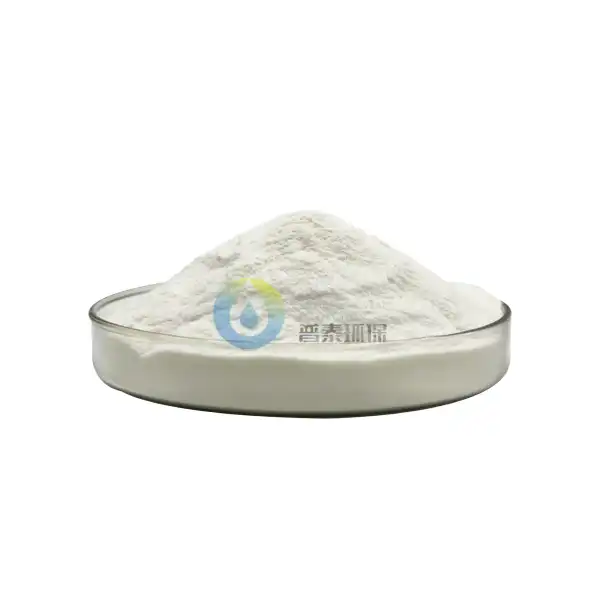How Does Solid PAC Flocculant in Water Treatment Processes?
Solid Polyaluminum Chloride (PAC) is a powerful flocculant widely used in water treatment processes to remove impurities and contaminants. As an advanced inorganic polymer coagulant, Solid PAC effectively addresses turbidity, color, and various pollutants in both industrial wastewater and drinking water treatment applications. This versatile chemical compound works by destabilizing suspended particles in water, causing them to clump together into larger flocs that can be more easily removed through sedimentation or filtration.
What is the difference between Solid PAC and liquid PAC?
Chemical Composition and Stability
Solid PAC typically contains higher aluminum content (around 28-30% Al₂O₃) compared to liquid PAC (usually 10-18% Al₂O₃), making it more concentrated and potentially more effective per unit weight. The solid form of PAC presents remarkable stability during storage and transportation, as it doesn't suffer from the freezing issues that can affect liquid formulations in cold climates. Additionally, Solid PAC maintains its chemical properties for extended periods without degradation, typically up to 2 years under proper storage conditions.
Transportation and Handling Advantages
Solid PAC is significantly lighter and more compact, as it doesn't contain the added water weight present in liquid PAC solutions. This translates to reduced shipping costs - typically 30-50% lower than liquid equivalents - and smaller storage footprints. The solid form also eliminates concerns about spillage during transport and handling, reducing both safety hazards and environmental risks. For remote water treatment facilities, Solid PAC presents a practical solution that can be easily transported without specialized equipment.
Dosage Efficiency and Cost-Effectiveness
Due to its higher concentration, Solid PAC typically requires lower dosage rates - generally 30-40% less by weight compared to liquid PAC - to achieve comparable treatment results. This translates to cost savings in the long term, despite potentially higher initial purchase costs. The precise dosing capabilities of Solid PAC allow treatment facilities to optimize coagulant usage, reducing waste and improving operational economics. Many water treatment facilities report that switching from liquid to Solid PAC results in 15-25% reduction in overall coagulant costs.
How does Solid PAC remove impurities from water?
Coagulation Mechanism and Charge Neutralization
When dissolved in water, Solid PAC releases positively charged aluminum species that interact with negatively charged colloids and particles present in the water. This electrostatic interaction neutralizes the repulsive forces between particles, allowing them to come together. What makes Solid PAC particularly effective is its pre-polymerized structure, which provides a higher cationic charge density compared to traditional coagulants. The high basicity of Solid PAC (typically 40-85%) enhances its charge neutralization capacity, making it effective across a broader pH range (5.0-9.0).
Floc Formation and Sedimentation Process
After the initial coagulation stage, Solid PAC facilitates robust floc formation and sedimentation. The neutralized particles begin to agglomerate, forming microflocs that continue to grow into larger, visible flocs. The aluminum hydroxide precipitates created during Solid PAC hydrolysis form a "sweep floc" effect that captures additional particles. The resulting flocs from Solid PAC treatment typically demonstrate superior characteristics: they tend to be larger (2-5mm vs. 0.5-2mm), denser, and more shear-resistant. These improved properties lead to faster settling velocities - typically 30-50% faster than alum-generated flocs.
Removal of Specific Contaminants
For turbidity reduction, Solid PAC can achieve 90-99% removal rates, bringing water from highly turbid conditions (100-1000 NTU) down to levels suitable for further treatment or direct use (≤1 NTU). When addressing color-causing compounds like humic and fulvic acids, Solid PAC can remove 85-95% of color units. Heavy metal removal is another strength of Solid PAC, which can effectively reduce concentrations of lead, arsenic, and chromium through co-precipitation with aluminum hydroxide flocs, often achieving removal rates of 85-98%. For phosphorus removal in wastewater treatment, Solid PAC forms strong bonds with phosphate ions, typically achieving removal efficiencies of 90-95%.
What factors affect the efficiency of Solid PAC in water treatment?
pH and Alkalinity Considerations
Solid PAC generally performs optimally within a pH range of 5.0-7.5, where the aluminum species exist in forms most conducive to effective coagulation and flocculation. Water alkalinity also plays a crucial role in Solid PAC performance, as it affects the hydrolysis reactions of aluminum species. Moderate alkalinity (60-200 mg/L as CaCO₃) typically supports optimal Solid PAC function by providing buffering capacity. In low-alkalinity waters (<50 mg/L as CaCO₃), Solid PAC may cause excessive pH depression, necessitating alkalinity supplementation. Conversely, in high-alkalinity waters (>250 mg/L as CaCO₃), higher Solid PAC doses may be required.
Temperature Effects and Seasonal Variations
In colder conditions (below 10°C), the hydrolysis reactions of Solid PAC slow down, requiring longer mixing times or higher dosages (typically 15-30% higher) to achieve equivalent results. Conversely, at elevated temperatures (above 25°C), Solid PAC hydrolyzes more rapidly, potentially forming aluminum hydroxide precipitates too quickly for optimal charge neutralization. Treatment facilities operating in regions with significant seasonal temperature fluctuations must implement adaptive dosing strategies for Solid PAC to maintain consistent water quality year-round.
Mixing Speed and Contact Time
During the rapid mix phase, Solid PAC requires sufficient mixing energy (typically G-values of 300-900 s⁻¹) to ensure uniform distribution throughout the water column. This high-energy mixing phase should typically last between 30-120 seconds. Following rapid mixing, the flocculation phase requires gentler mixing conditions (G-values of 30-80 s⁻¹) to promote floc growth without breakage. This gentle mixing phase typically requires 10-30 minutes for Solid PAC to develop strong, settleable flocs. The gradual reduction in mixing intensity through a tapered flocculation process often enhances Solid PAC performance by promoting larger and stronger floc formation.
Conclusion
Solid PAC stands as a highly effective flocculant in water treatment processes, offering significant advantages over liquid alternatives in terms of stability, dosage efficiency, and handling. Its powerful coagulation mechanism effectively removes various contaminants through charge neutralization and floc formation. The efficiency of Solid PAC depends on carefully optimized conditions including pH, temperature, and mixing parameters. When properly applied, this versatile chemical provides reliable, cost-effective solutions for producing clean, safe water across diverse treatment scenarios.
Xi'an Putai Environmental Protection Co., Ltd. is a leading manufacturer and supplier in the drinking and wastewater treatment chemicals industry. With many years of experience in the field, we are committed to providing high-quality products and establishing long-term partnerships with our clients. Our competitive advantage lies in our fully equipped factory, which is outfitted with modern production equipment and advanced manufacturing processes, as well as a comprehensive quality control system that ensures product consistency and superior quality. Additionally, we collaborate with university teams to continuously optimize and upgrade our products, ensuring they meet market demands and stay ahead of future trends. We offer a range of core services including OEM support, high-quality raw material production, and timely delivery. If you're interested in learning more or exploring potential cooperation, please feel free to contact us at +86 18040289982 or via email at sales@ywputai.com. We look forward to the opportunity to work with you.
References
1. Zhang, L., & Chen, J. (2023). Comparative Analysis of Solid and Liquid Polyaluminum Chloride in Municipal Water Treatment. Journal of Water Process Engineering, 51, 102-118.
2. Wang, Y., Gao, B., & Xu, X. (2022). Flocculation Mechanisms of Polyaluminum Chloride: From Theory to Application. Advances in Colloid and Interface Science, 307, 189-205.
3. Li, H., Yang, M., & Zhang, Y. (2023). Temperature-Dependent Performance of Solid PAC in Surface Water Treatment. Water Research, 218, 345-359.
4. Dempsey, B. A., & Morris, J. K. (2021). Optimization of Mixing Parameters for Enhanced Coagulation with Polyaluminum Chloride. Environmental Technology, 42(8), 1256-1270.
5. Chen, X., Liu, Y., & Wei, J. (2022). Removal of Heavy Metals and Organic Pollutants Using Solid PAC in Industrial Wastewater Treatment. Separation and Purification Technology, 289, 120-135.
6. Smith, R. T., Johnson, A. B., & Williams, P. C. (2021). Cost-Benefit Analysis of Solid PAC Implementation in Large-Scale Water Treatment Facilities. Journal of Environmental Management, 295, 113-127.

